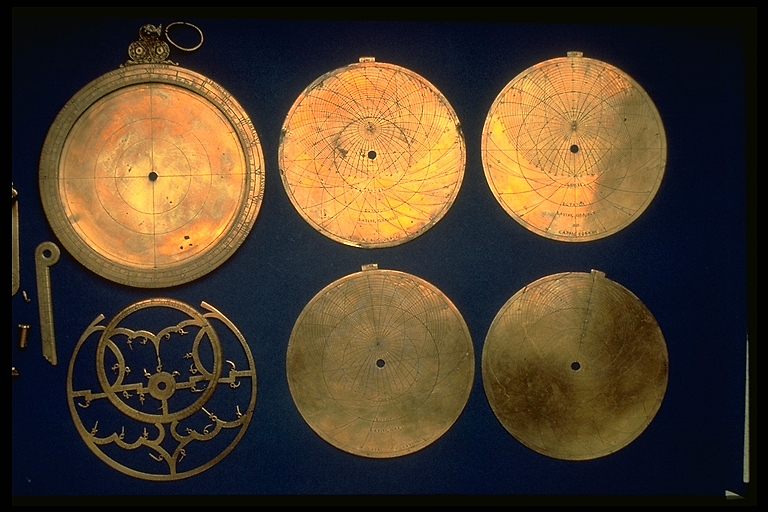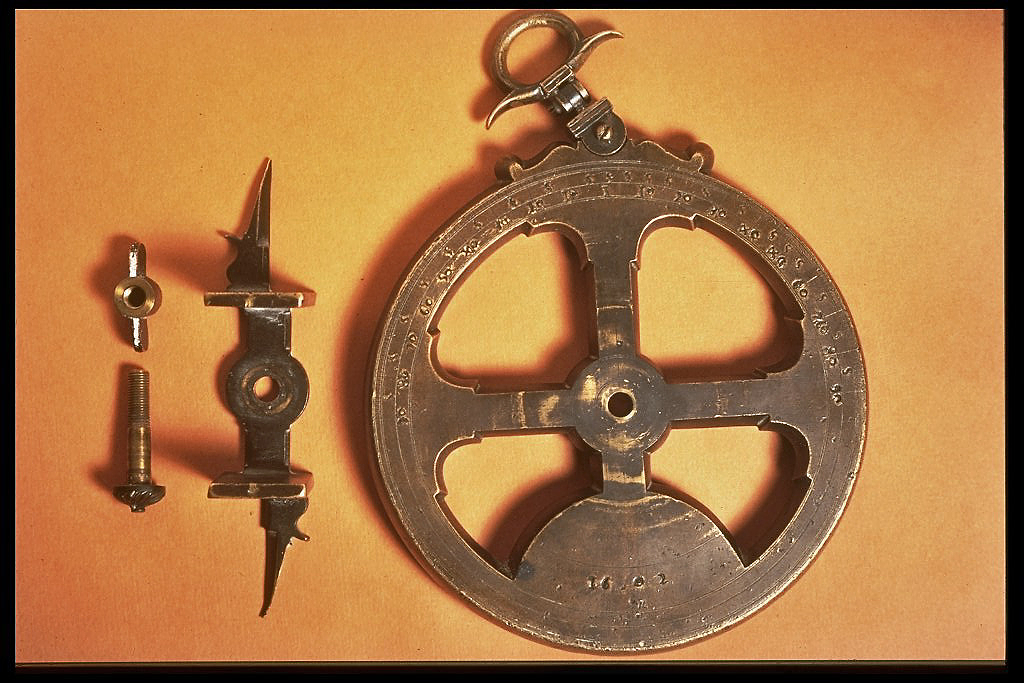Imaginati-va un dispozitiv care poate face totul: reda ora, locatia, horoscopul, si chiar va ajuta pentru a lua decizii in aproape tot ce faceti. Este scump, personalizabil si vine cu o varietate de “aplicatii”. Nu, nu este vorba de iPhone 7, ci de stramosul smartphone-ului din ziua de astazi: Astrolab.
Astrolab-ul este un instrument extrem de versatil, care a fost folosit de secole in culturile europene si islamice, inainte de a fi pus in umbra de tehnologii mai noi.
Insa, unele persoane inca tin atarnat pe perete acasa acest ” smartphone “. Una din aceste persoane este Owen Gingerich, profesor de astronomie din cadrul Universitatii Harvard. Acesta este un pasionat al astrolab din momentul in care un student i-a prezentat obiectul, care i-a oferit sa vanda aceasta comoara de familie, in scopul de a ajuta la fondarea unei clinici medicale in Afganistan.
I expressed an interest in it because I knew there was such a thing but I had never really handled one before,” says Gingerich. When the student offered to sell it, Gingerich obliged, with plans to use it as a teaching tool. “When I began to learn more about astrolabes, I realized I had a tremendous bargain and I sent him another check. This got me going on them.
Astrolab-ul variaza in dimensiune in functie de regiunea si perioada istorica. Acesta era realizat din bucati asemanatoare cu cele ale unui ceas mecanic. Un disc continea proiectia bidimensionala a latitudinii Pământului, deasuprea discului se afla o placuta numita “rele”, care continea locatia unor stele cunoscute de pe cer. Peste ele se aflau doua linii drepte care puteau masura timpul iar pe spatele dispozitivului se aflau linii de ghidare care ii ajutau pe purtatori sa calculeze altitudinea la care se aflau stelele.
Chiar data astrolabul este considerat de oamenii de stiinta ca fiind ceva primitiv, chiar si componentele sale ,mai putin stiintifice, a ajutat inspira tehnici moderne. Din inventarea astrolabului au venit noi metode de matematica, impreuna cu dezvoltarea timpurie a astronomiei, spune John Huth, un fizician de la Universitatea Harvard. De fapt, Huth spune ca astronomia si astrologia s-au dezvoltat mana in mana in acest timp.
If you look at these almanacs of the stars, in some sense they offered ways of predicting where the planets were going to be, but they were also giving information to astrologers,”This is one of the things that drove the development of astronomy, getting higher precision in astrological predictions.
Astrolabul a fost inventat in timpul lui Claudius Ptolomeu, un astronom grec care a trăit în Imperiul Roman în secolul al II-lea d.Hr. Ptolomeu a lăsat sugestii privind utilizarea unui instrument tridimensional similar astrolabului.























